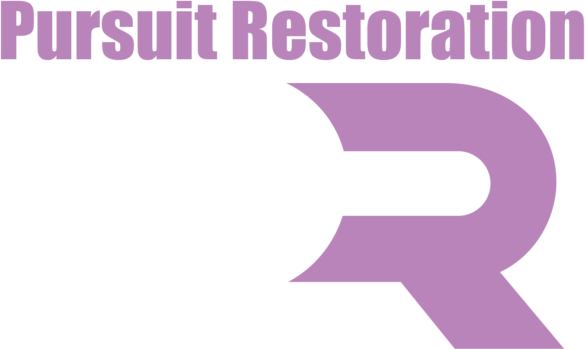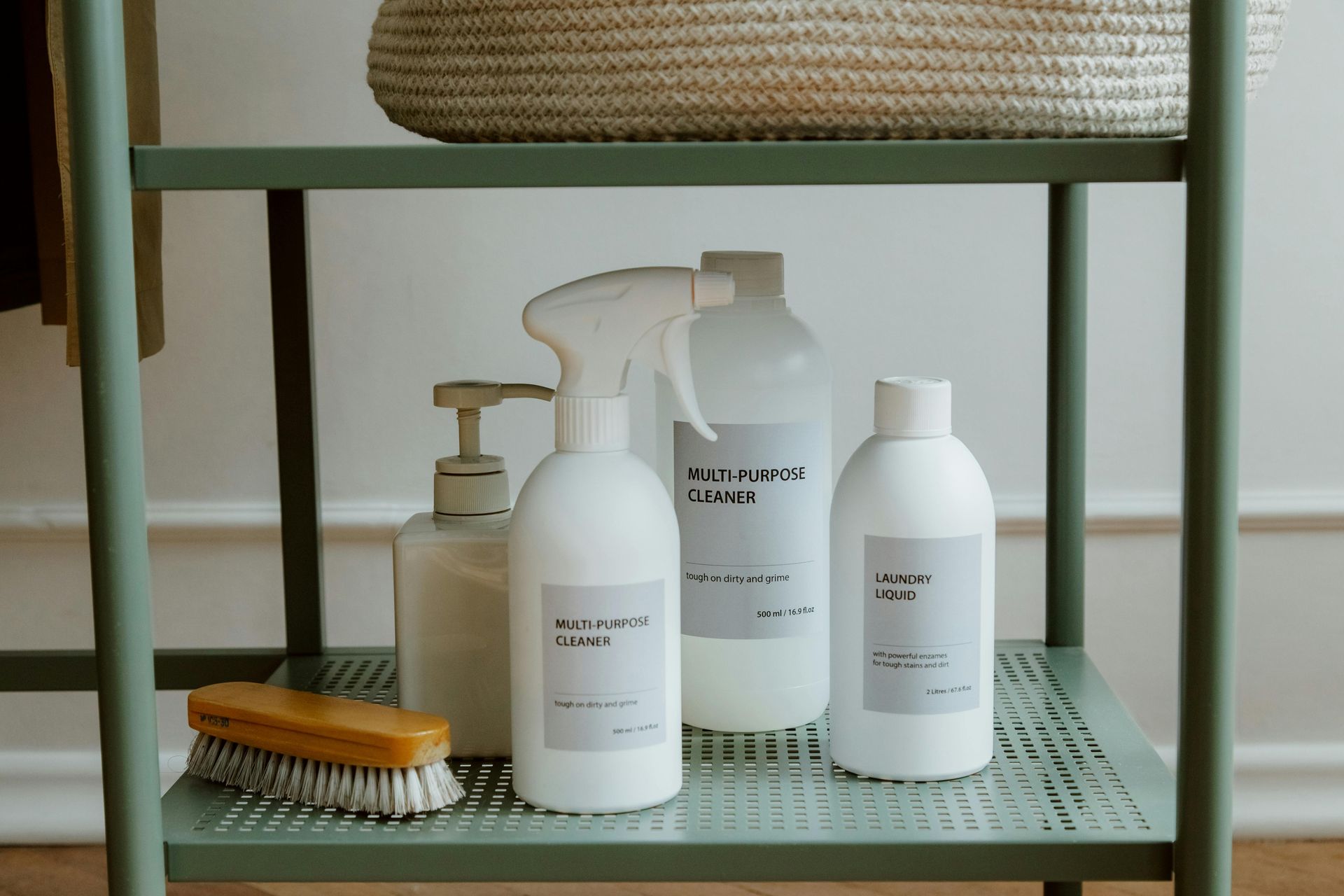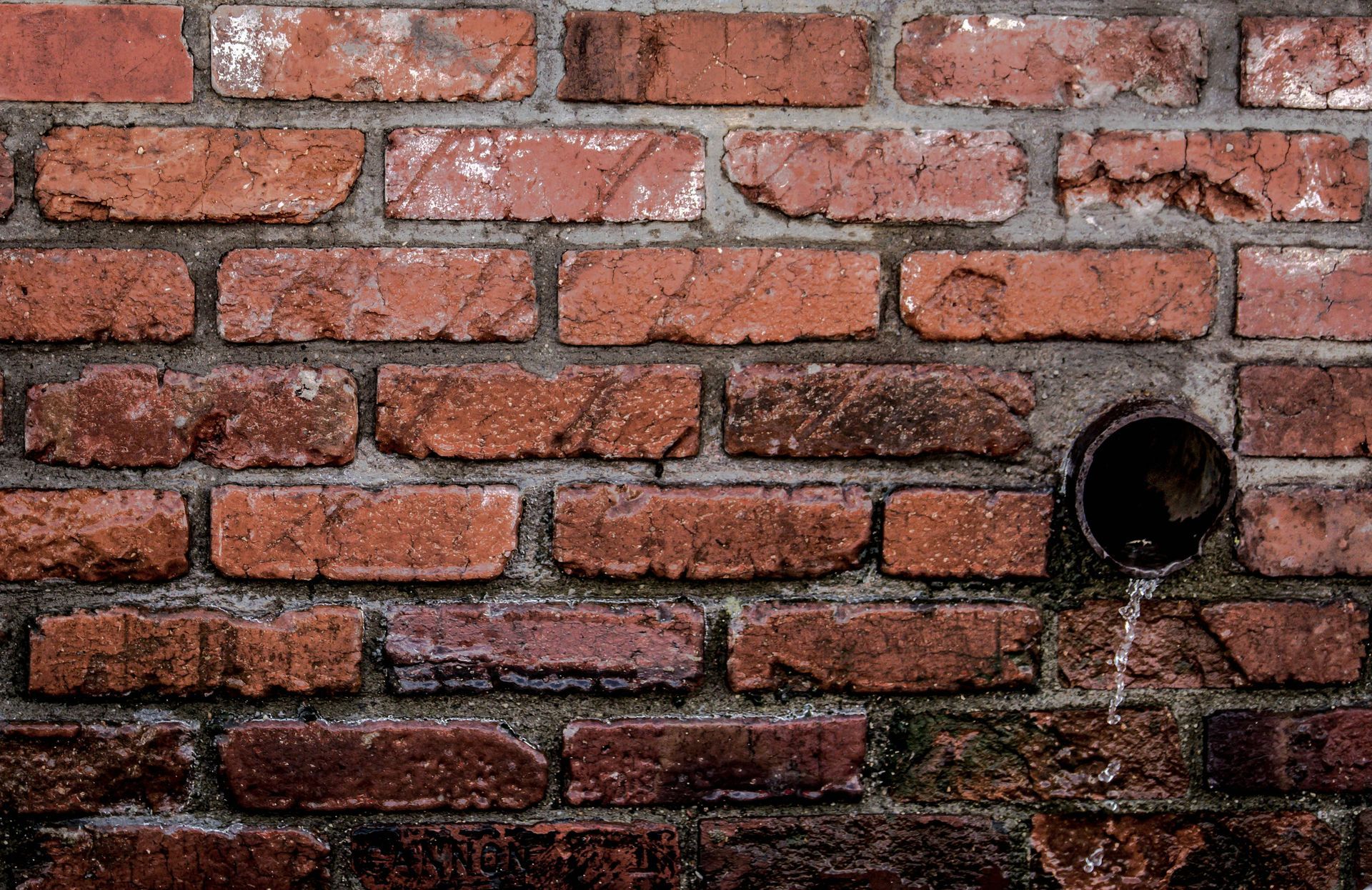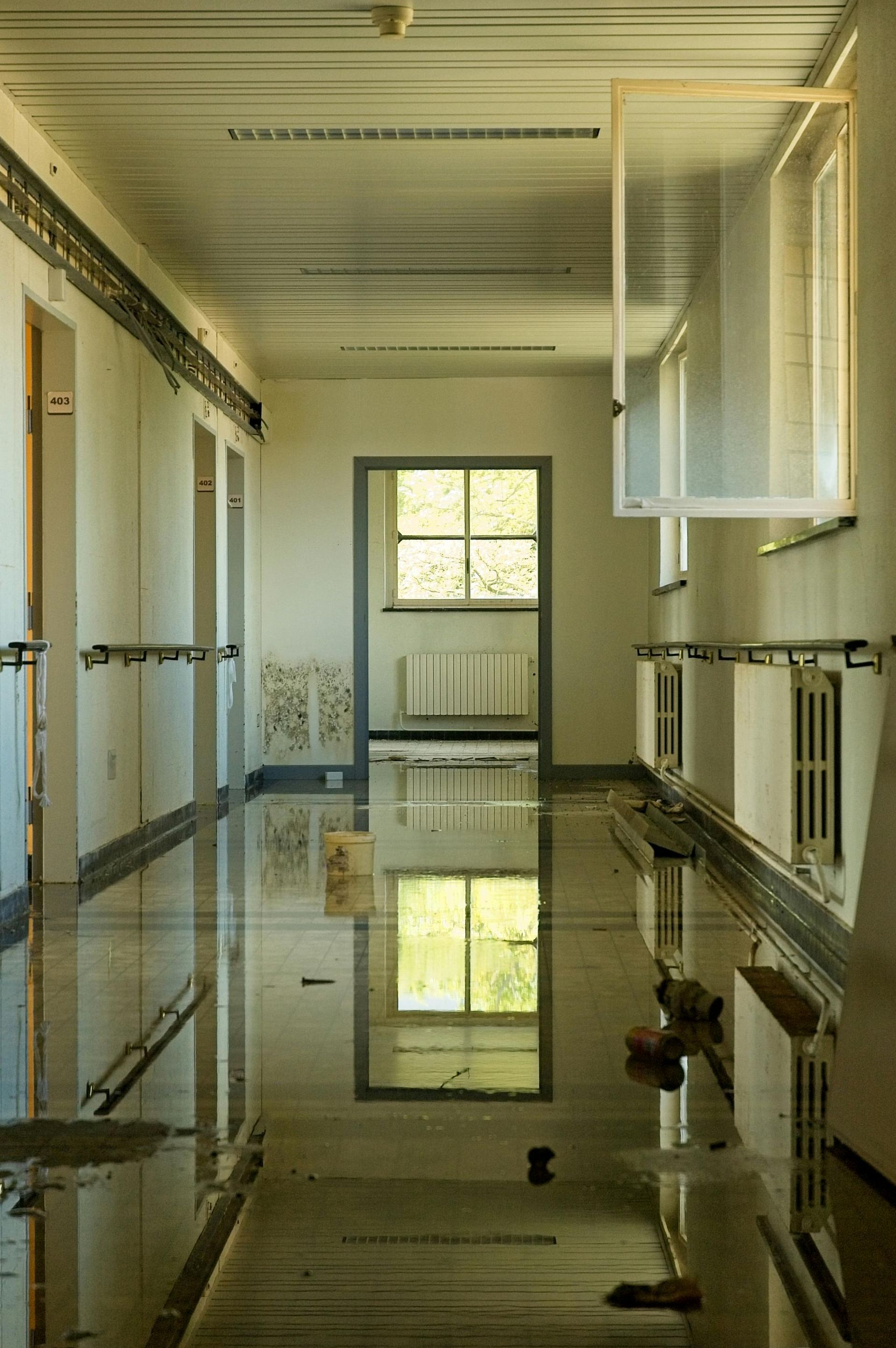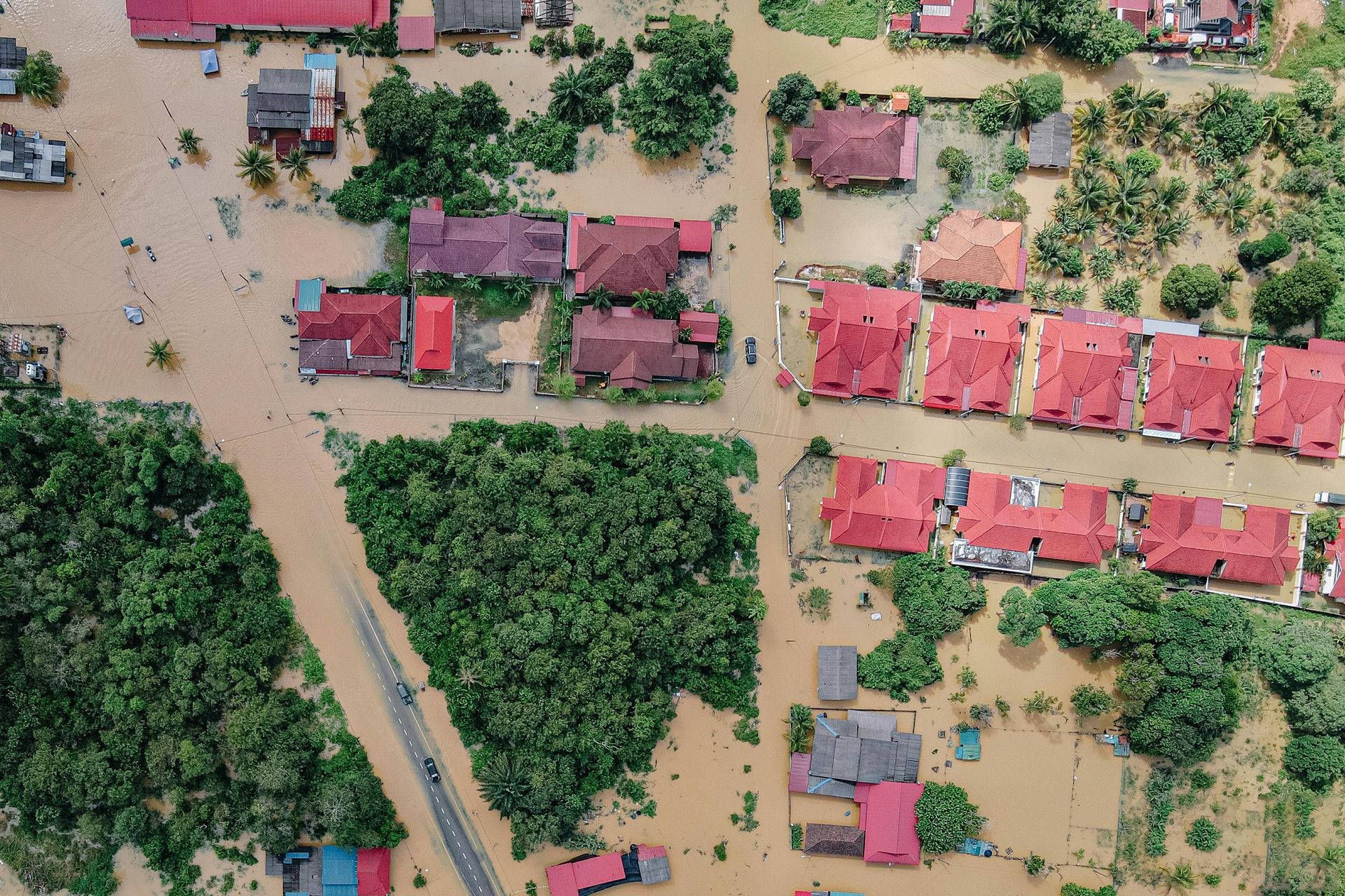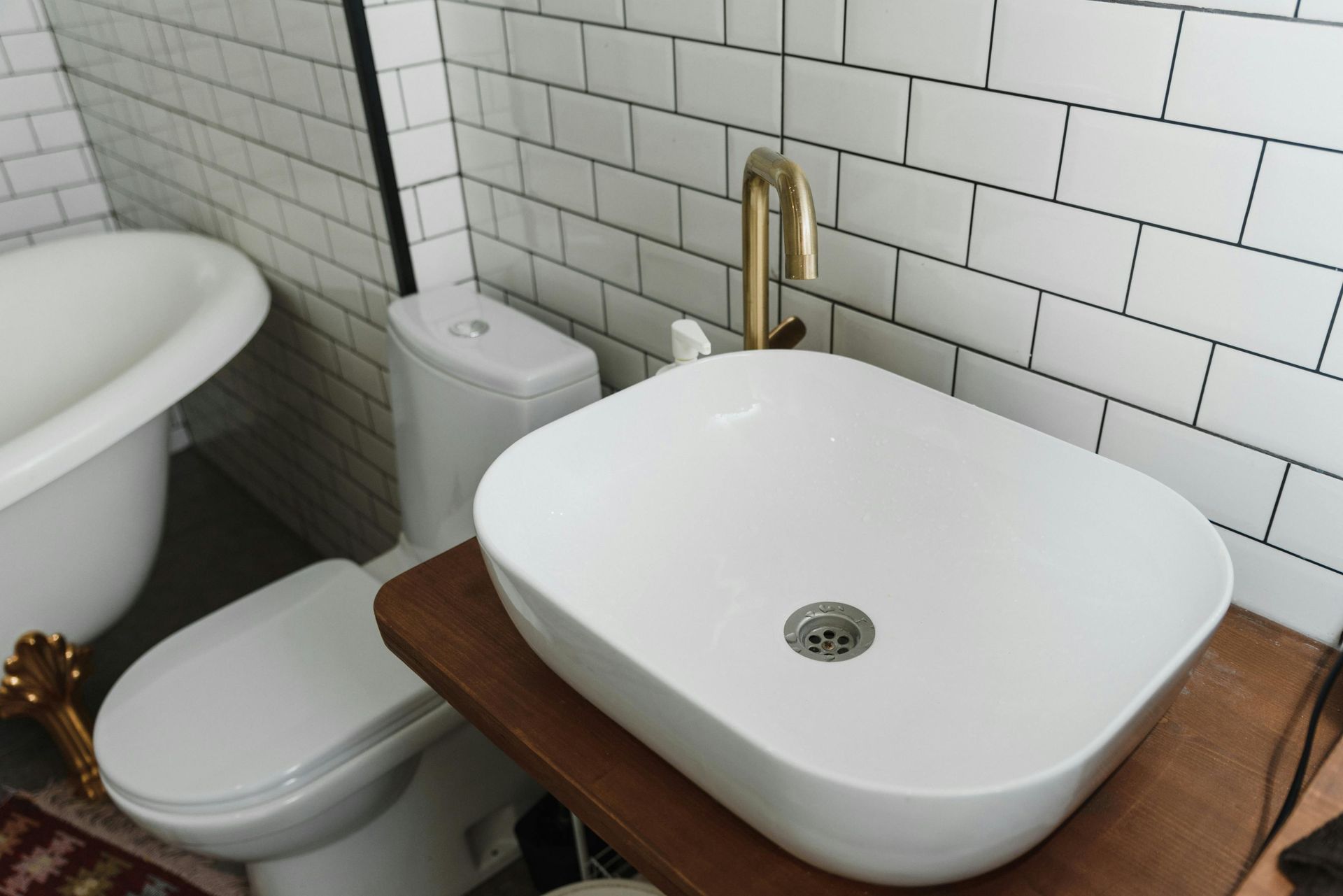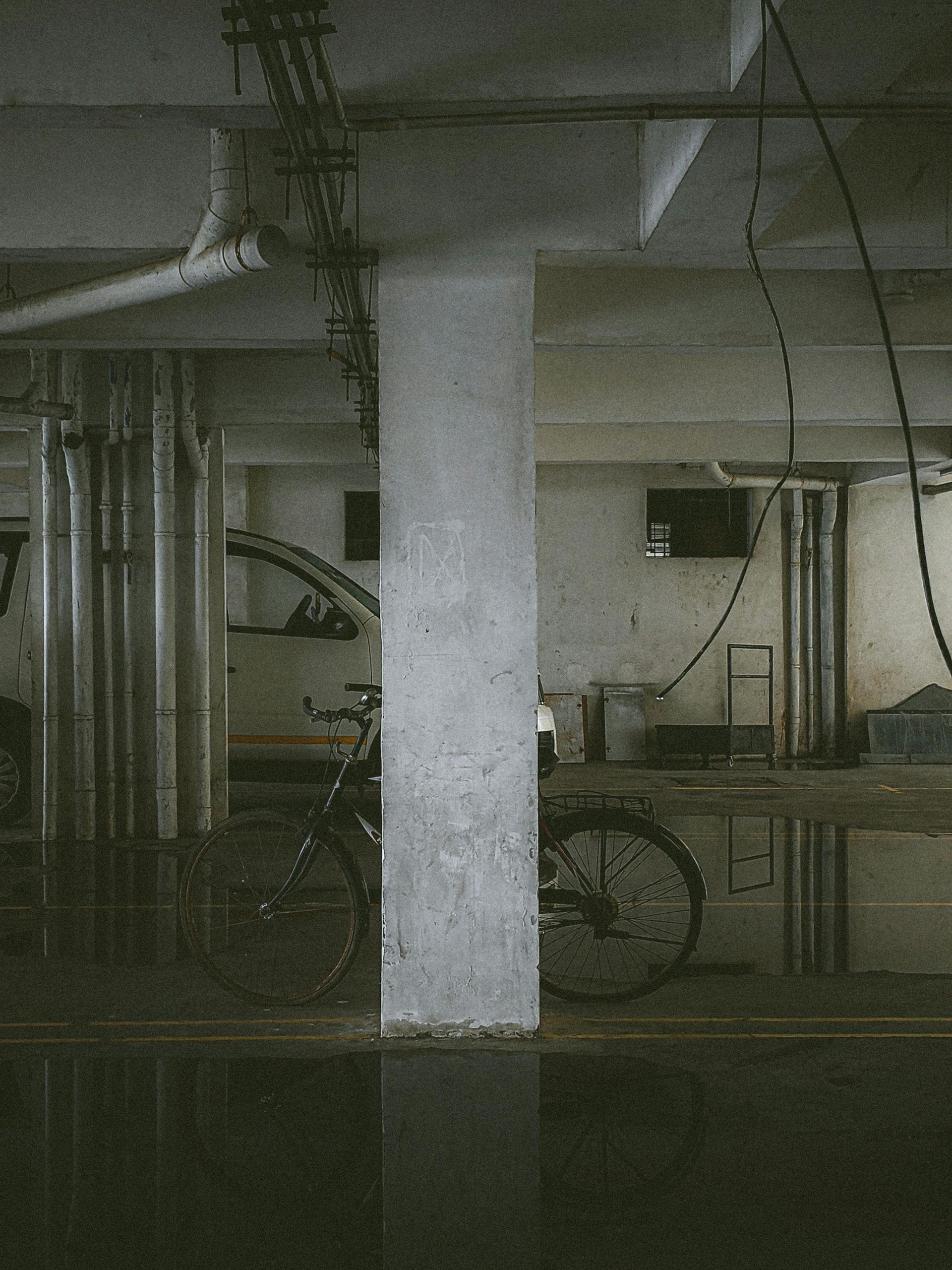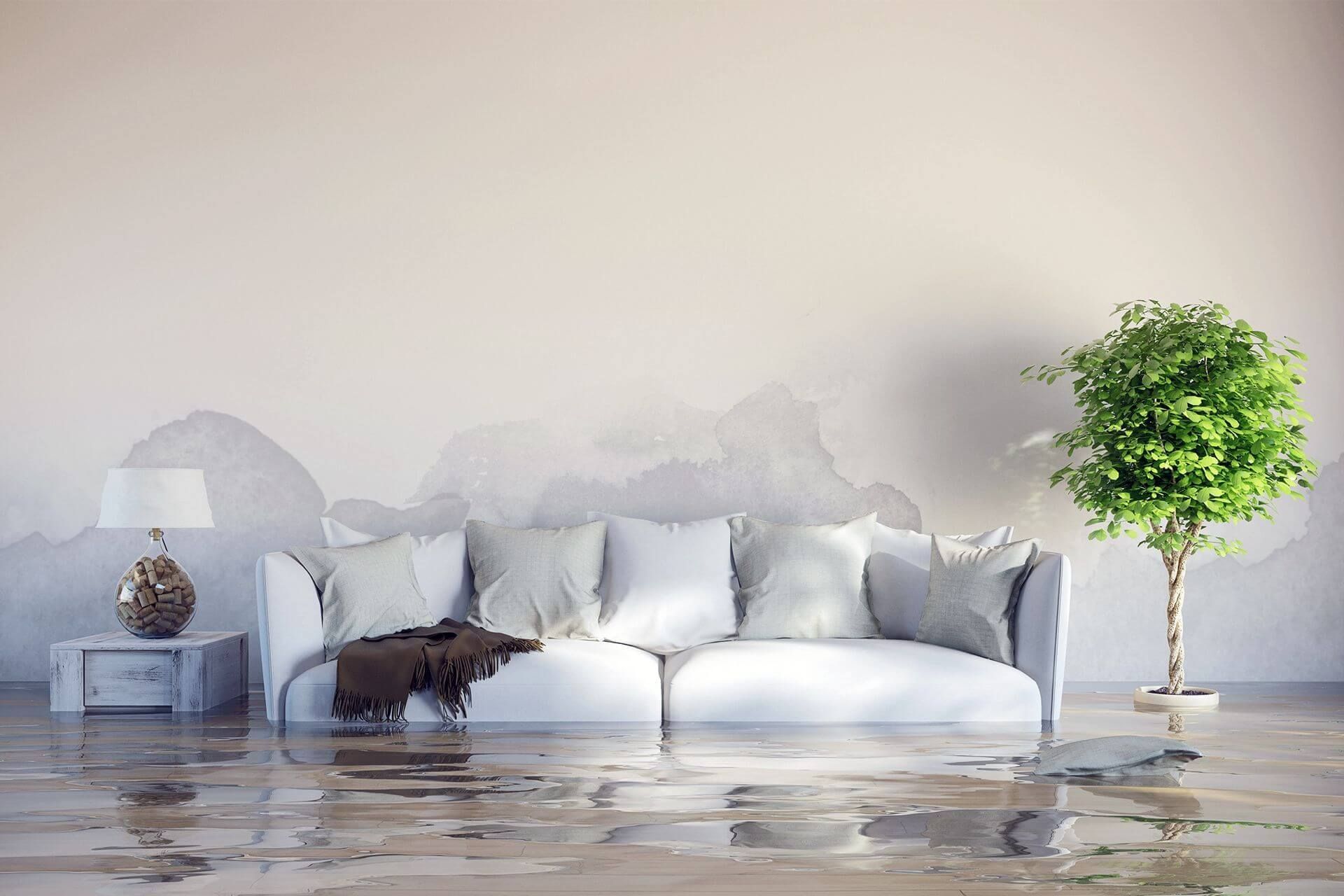How to Check for Mold After Water Damage: A Step-by-Step Guide
Water damage doesn’t just ruin floors, walls, and furniture, it also creates the perfect breeding ground for mold. In Boise, where seasonal storms and winter snowmelt can increase the risk of flooding and leaks, mold can start forming in as little as 24 to 48 hours. Once it spreads, it can cause costly property damage and serious health problems like allergies and breathing issues.
Catching mold early is the best way to protect your home and your health. This guide will show you how to detect signs of mold after water damage, where to look, and what tools to use. You’ll also learn what to do if you find mold and how to prevent it from returning.
Key Takeaways
- Mold starts growing fast after water damage, sometimes in just a day or two, so checking early is really important.
- Watch for signs like dark spots, peeling paint, warped wood, a musty smell, or allergy symptoms inside your home.
- Look in hidden places like behind walls, under carpets, inside vents, and in basements where mold likes to hide.
- You can use simple tools like moisture meters and flashlights, but sometimes it's best to call a pro for thorough mold testing.
- Dry out wet areas quickly, fix leaks, and keep the air dry to stop mold from coming back after water damage.
Why Mold Grows After Water Damage
Mold spores are everywhere around us, but they only grow when they find the right conditions. After water damage, moisture gets trapped in building materials, creating the perfect environment for mold to thrive. This is why water-damaged areas become prime spots for mold growth.
Mold can start to grow within 24 to 48 hours of exposure to moisture. It spreads quickly on common household materials such as drywall, insulation, carpets, and wood. These materials absorb water and remain damp, making it easy for mold to set in and multiply. Detecting mold early after water damage is crucial, especially in places like Boise where moisture issues can be common.
Early Signs of Mold After Water Damage
Knowing the early signs of mold can help you catch the problem before it spreads and causes further damage. Mold often starts small but can quickly become a major issue if left unattended. Here are several common indicators to watch for after water damage:
- Discoloration. Dark spots that may be black, green, or brown often show up on walls, ceilings, or floors where mold is growing. These spots can be patchy or cover larger areas.
- Peeling or bubbling paint. When moisture gets trapped beneath paint, it can cause it to lose adhesion, resulting in peeling, bubbling, or cracking.
- Warped or softened materials. Wood, drywall, and other porous materials may become swollen, spongy, or bent as they absorb water and mold grows inside.
- Musty odor. Even if you don’t see mold, a persistent musty or earthy smell indoors is a strong clue that mold is hiding nearby, often inside walls or under carpets.
- Allergy or breathing irritation. Mold releases spores that can cause symptoms like sneezing, coughing, itchy eyes, or wheezing, especially if you notice these symptoms worsening while inside your home.
Early mold detection requires paying attention to both what you see and smell, as well as any changes in your health. Acting quickly can limit the spread and reduce the cost and difficulty of removal. This is especially important in areas prone to moisture, like homes in Boise, where mold can take hold fast after water damage.
Where to Look for Mold in Water-Damaged Areas
Mold often hides in places you might not think to check. After water damage, these spots tend to retain moisture, making them prime locations for mold growth. Here are some common areas to inspect carefully:
- Behind drywall and baseboards. Water can seep behind walls and baseboards, providing a perfect hidden spot for mold.
- Under carpets and padding. Carpets trap moisture, especially the padding underneath, creating a damp environment for mold.
- Inside HVAC ducts. Mold can grow inside air ducts where condensation builds up, spreading spores throughout the home.
- Around windowsills and door frames. Leaks or condensation around windows and doors can lead to mold formation in these areas.
- Basements, attics, and crawl spaces. These parts of the house often have poor ventilation and higher humidity, increasing mold risk.
Checking these areas helps uncover mold that might not be visible on the surface but can still damage your home and affect your health.
Tools and Methods for Checking Mold
To check for mold effectively after water damage, you can use several tools and methods that help detect moisture and mold presence. Here are some basic tools homeowners can use:
- Moisture meters. These devices measure the moisture levels in walls, floors, and other materials to identify damp spots where mold may grow.
- Flashlights. A strong flashlight helps you examine dark, hidden spaces like behind baseboards, under sinks, and inside crawl spaces.
- Infrared cameras. If accessible, these cameras can detect temperature differences that reveal moisture pockets behind walls and ceilings.
For more thorough testing, consider these options:
- Air quality testing. Professionals can measure mold spores in the air to detect hidden mold problems.
- Mold inspection services. Certified inspectors use specialized equipment and expertise to identify mold sources and assess the extent of the issue.
- DIY mold test kits. These kits allow you to collect samples for analysis, but they may not be as accurate as professional testing.
Using the right tools increases your chances of finding mold early, helping you take quick action to protect your home.
What to Do If You Find Mold
If you discover mold after water damage, it’s important to act quickly but carefully to reduce health risks and prevent spreading.
- Isolate the area. Close doors or use plastic sheeting to keep mold spores from traveling to other parts of the house.
- Avoid disturbing the mold. Do not scrape or scrub it dry without proper protection, as this can release spores into the air.
- Wear protective gear. Use gloves, goggles, and an N95 mask to protect yourself while inspecting or cleaning mold.
For small mold patches, start drying the area thoroughly using fans or dehumidifiers. Clean surfaces with appropriate solutions like diluted bleach or commercial mold cleaners. However, large infestations, mold on porous materials, or if you have health concerns, call professional mold remediation experts immediately to handle the problem safely and effectively. Proper removal prevents mold from returning and safeguards your home and health.
Preventive Measures Post Water Damage
After dealing with mold, the best way to protect your home is to stop mold from coming back. Mold needs moisture to grow, so controlling dampness and humidity is essential. Here are several important steps to keep your home dry and mold-free after water damage:
- Dry thoroughly. Use fans and dehumidifiers to remove moisture quickly from walls, floors, and furniture. Opening windows helps increase airflow and speed up drying, especially in warmer weather.
- Fix leaks promptly. Any broken pipes, roof leaks, or faulty appliances that cause water buildup should be repaired as soon as possible. Even small leaks can create enough moisture for mold growth.
- Improve ventilation. Spaces like basements, attics, and crawl areas often trap moisture because of poor airflow. Installing vents or using fans helps lower humidity and air out these areas.
- Monitor regularly. Keep an eye on spots that were water-damaged before, checking for new discoloration, musty smells, or dampness. Early detection helps prevent mold from reestablishing.
- Control indoor humidity. Use dehumidifiers, air conditioners, or heating to maintain indoor humidity below 60 percent. Using a humidity meter can help you keep this number in check.
- Remove and replace damaged materials. If materials like drywall or carpet were heavily water-damaged, it may be best to remove and replace them to avoid mold hiding inside.
- Clean gutters and direct water away. Ensure gutters are clear and water is directed away from your home’s foundation to reduce moisture near the structure.
By following these preventive measures, you not only stop mold from coming back but also safeguard your home’s structure and air quality. It’s an ongoing effort that keeps your home healthy and safe long after the initial water damage has been fixed.
Stay Ahead of Mold After Water Damage
Checking for mold quickly after water damage is essential to protect your home and health. Mold grows fast in damp environments and can cause serious damage and respiratory issues if left untreated.
By learning to recognize early signs, knowing where to look, and using the right tools, you can catch mold problems before they get out of hand. If you find mold, taking immediate steps for cleanup or calling professionals for larger issues is crucial.
Preventing mold after water damage requires thorough drying, fixing leaks, and keeping humidity under control. Staying vigilant helps you avoid costly repairs and keeps your living environment safe and comfortable.
Protect Your Home With Expert Mold Removal
If water damage has left you worried about mold in your Boise home, don’t wait for it to spread. Pursuit Restoration offers fast, thorough mold inspection and remediation services to keep your property safe and healthy.
Schedule a service online or call
(208) 515-6503 today to learn more about how we can help prevent mold problems before they start.
